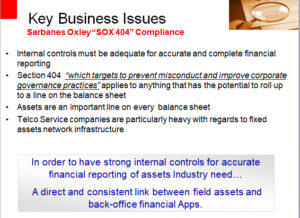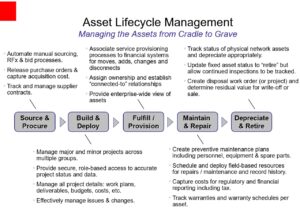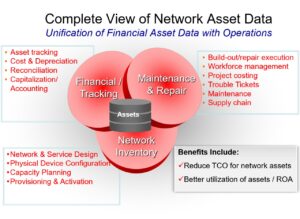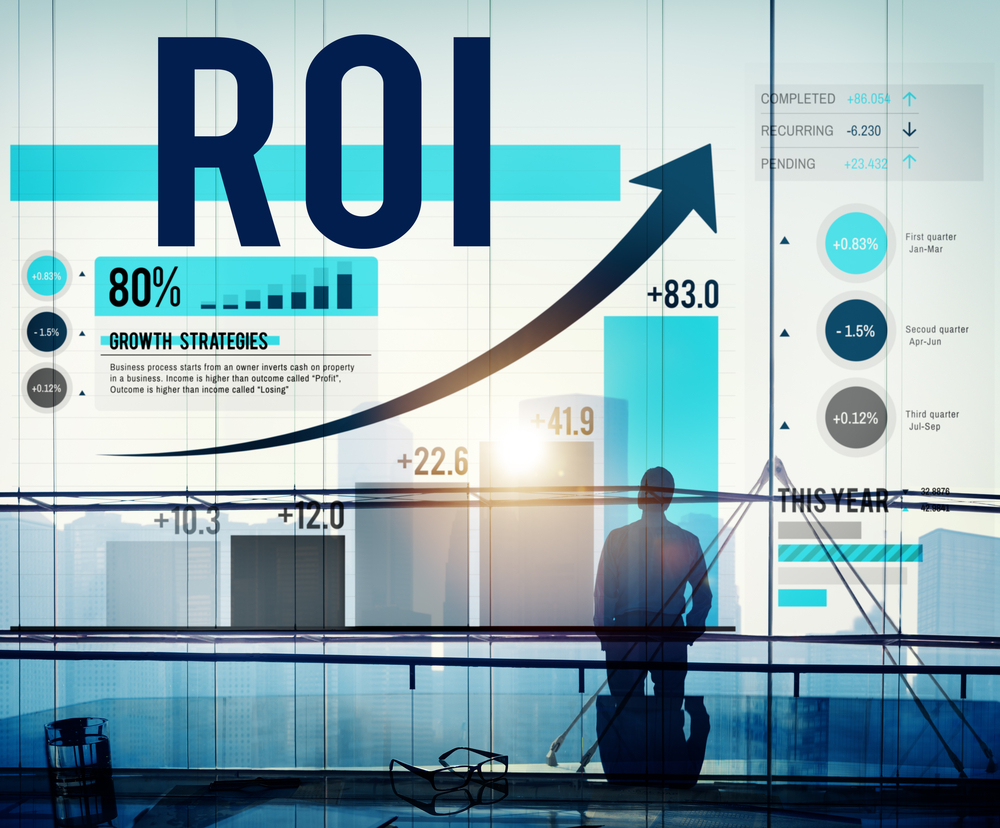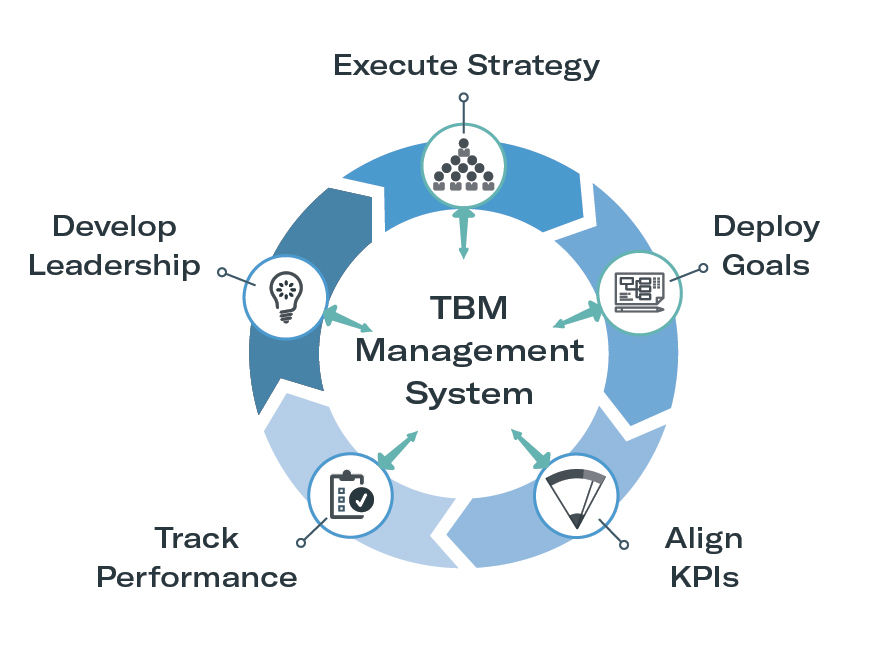Are you looking for ways to maximize your business investment? Are you curious about the return on investment (ROI) of management system solutions? If so, this blog post is for you! We’ll be exploring how to measure the ROI of various management system solutions and how they can help your business succeed.
What is Return on Investment (ROI)?
Return on investment, or ROI, is a mathematical formula that investors can use to evaluate their investments and judge how well a particular investment has performed. Calculating and reporting ROI is important for businesses of all sizes, as it can help you to make informed decisions about how to allocate your capital and monitor your success.
There are several factors that can affect the return on an investment, including the quality of the management system solutions that you select. By understanding how these solutions impact your company’s performance, you can ensure that your investments are making a positive impact.
If you’re interested in calculating your own ROI, our team at Expert360 can help. Our platform provides access to a wide range of tools and resources, so you can measure the performance of your investments in detail. Contact us today to learn more!
Evaluate the Costs and Outcomes
There are a number of ways to measure the ROI of management system solutions. One way is to use training ROI calculators. These calculators allow you to calculate the ratio of the total cost of the training program to the amount of training that was actually received. Additionally, you can evaluate the costs and outcomes of a program by measuring the Cost of Quality as well as the ROI for Quality Management Software. By addressing these two measures, companies can better understand the value of a management system solution.
Demonstrate the ROI Benefits of Your LMS
The return on investment (ROI) of any software is a crucial metric for organizations. By measuring the savings and benefits of using an LMS, you can prove the value of the system to your team.
Savings:
One of the easiest ways to measure the savings associated with using an LMS is to compare the time used pre-LMS to post-LMS. This can be done by tracking hours worked, training completed, and customer interaction data.
Benefits:
Once you have determined the savings, you can assess the benefits of using an LMS. These benefits may include increased customer retention, decreased training costs, and increased efficiency. By measuring the ROI of management system solutions, you can ensure that your team is getting the most out of their investment.
Wrike Collaboration and Proofing Features
When it comes to choosing a management system solution, it is important to measure the real ROI. This is where features like Wrike’s collaboration and proofing features come into play. By helping teams work more productively, Wrike can help businesses save time and money.
For example, Wrike’s integrated project collaboration features allow teams to work on projects together more effectively. This can help reduce the number of emails sent and help teams stay on track with their deadlines. Additionally, Wrike’s task management features enable teams to manage their tasks more effectively. This can help reduce the amount of time spent on mundane tasks and help teams stay on track with their projects.
By measuring the real ROI of management system solutions like Wrike, businesses can make informed decisions about which solution is best for them.
Tech Company Annualized ROI
In order to determine the return on investment (ROI) of a management system solution, it is important to measure the annualized return. This can be done by dividing the total cost of the project by the net present value of the benefits. By doing this, you can see how much money has been made on the investment, as well as identify any areas where more money could be made.
In order to calculate an annualized return, you must first calculate the total cost of the project. This includes both the initial cost of purchasing the software and any ongoing costs, such as subscription fees or licensing costs. Additionally, you must account for any taxes that may be incurred as a result of using the management system.
After calculating the total cost of the project, you must calculate the net present value of the benefits. This is simply calculated by taking the future value of all the benefits and discounting them back to present day. This gives you an idea of what money will be available in future years as a result of using the management system.
Once you have calculated both the total cost and the net present value of the benefits, you can divide these values by each other to get an annualized return. This return will tell you how much money has been made on the investment over a period of time, as well as identify any areas where more money could be made.
Measuring ROI Improves ROI
It is essential to measure the ROI of management system solutions in order to improve the overall return on investment (ROI). By understanding how your management system is performing, you can make informed decisions about whether or not to invest in it.
There are a few key metrics that you should track when measuring the ROI of your management system. End-user productivity is a vital metric to track because it reflects the level of output that users are able to produce. Additionally, you should track employee satisfaction rates to gauge the level of satisfaction within your team. Finally, you should measure the financial performance of your management system to gauge its overall impact. By understanding these metrics, you can improve the ROI of your management system solutions.
Software Service Subscription Revenue
There are a variety of ways to measure the ROI of a software management system (SMS). One way is to look at annual subscription revenue generated by the system in MRR or ARR subscription terms. This metric is the average subscription revenue generated per user each month or annual.
Another way to measure the ROI of a SMS is to look at the number of new customers and renewals that are generated as a result of using the system. This metric is often referred to as “customer churn.”
Some other factors that can be used to measure the ROI of a SMS include customer lifetime value (CLV), customer growth, and customer retention. All of these metrics can help you understand the value of your SMS and how it is affecting your business.
Measuring the ROI of a SMS is an important part of making sure that you are getting the most out of your investment. By understanding how your SMS is affecting your business, you can make improvements and optimizations that will increase revenue and save you time and money.
How to Guide for Calculating ROI on Quality Management Software
Return on Investment (ROI) is a common metric used in finance today for measuring the “money” return from an investment. ROI tries to measure the “money” return from an investment directly and is usually expressed as a percentage.
There are a few important things to keep in mind when calculating an ROI for requirements management solutions. First, you must calculate the income and expense generated from “good” quality and “poor” quality. Once you’ve determined the profit, you can calculate ROI.
Traditional ROI formulas for training often focus on senior management, but there’s little hope of using the results from ROI if you don’t have a system in place to track and report on training progress. To make sure your system is effective, measure the program benefits (net profit) by senior management and track progress over time.
Conclusion
It can be difficult to accurately calculate the return on investment for management system solutions, due to the nebulous nature of many of their benefits. However, this does not mean that such calculations are not worthwhile. In fact, measuring the ROI of management system solutions can help companies to better understand the value of these investments and make better decisions about future spending. In this article, we have outlined some key factors to consider when calculating the ROI of a management system.















